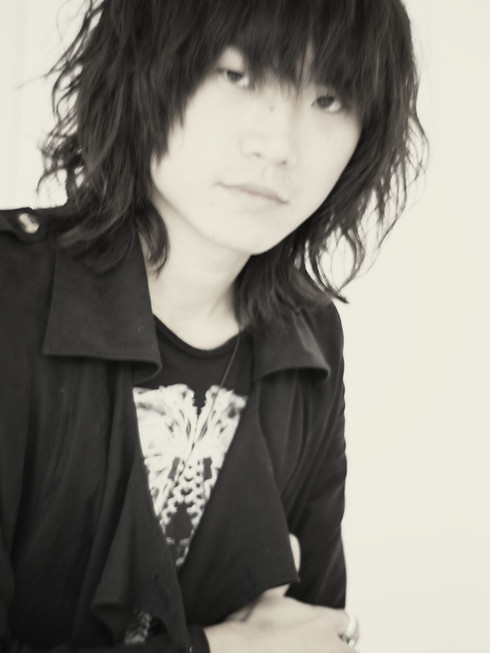An Interview with Kuta Takashima
Written by Mari FlorerTranslated from Japanese by Lora Maslenitsyna
“I don’t create for anybody but me; this it is something I must do”.
The Tokyo artist Kuta Takashima started taking pictures when he was a young adult. In the beginning photography was mostly a way to expose forms, shapes and feelings of the world and he explains that he never really studied photography. Fast forward eight years, he was recently won the“2016 New Cosmos of Photography Tokyo Exhibition Excellence Award”.
Tell us a little about your background? Family?
Both of my parents and my uncle are artists. My uncle is a painter, musician and a writer, I really respect his writing. It has greatly stimulated and affected my perspective on life.
Can you tell us about the world you and we are looking at in your pictures?
I don’t feel I know the world that surrounds me. I’m not always able to understand it. However, through the world in my pictures I feel a certain sense of security, something close to nostalgia.
Is it dreaming or reality? Past or future? Is it your world or our world?
There are many possibilities, I prefer when others tell me what they see and feel.
The people in your artwork who give you that eerie feeling - who are they?
Some people think my work is spooky, and it always surprises me.
I always listen eagerly to their explanation of why they feel this way.
I’m excited because I think it’s a lovely thing to feel.
By removing titles, my works become more open to individual interpretations.
I used the Japanese word zawatsuki more as an all-inclusive description.
(zawatsuki means noise, disturbance, literally as well as in a poetic sense [ed. note]).
Now time has passed and just like this year is coming to an end so is zawatsuki.
Next exhibition will be something new and I don’t want to categorize it.
Can you describe your work process? Do you have any special routines?
I don’t have a routine for how I work, I try to clear my head to the best of my ability.
I try to be like a newborn, the highest state of purity.
How do you think you can develop as an artist further?
With my own way of thinking and my artistic purity increases.
I don’t want to change the way I create photography work but,
instead I consider various filters or techniques to make my thoughts appear clearer in the art works.
I don’t create for anybody but me; this is something I must do. My goal is to exceed and surprise others and myself.
I always feel stimulated. My projects are always changing and they will never be completed.
Can you mention one of your favorite Japanese contemporary artists?
At the moment, I don’t have any favorite contemporary Japanese artists.
My favorite artists are neither contemporary nor Japanese.
But I would like to name two artists: Leonard Foujita and Zujizuwafu-Bekushinsuki.
They have an individual and cool way of thinking.
They create a relationship of uncertainty and I’m always very anxious when I see their work.
You live in Tokyo - what do you like about that city? Dislike?
Tokyo is my favorite city. This is where I was born and grew up.
Everyday life together with the constant impact of people who I meet and connect with has made me see Tokyo as one living being.
I’m both happy and thankful that I feel this way.
What are your plans for the future?
I’m here on this planet right now and there is no way for me to predict the future.
I can only say what I think “now” is. Therefore, I have no idea about tomorrow.
Before I used to be very conscious of the fact that there is tomorrow and a past but I have stopped thinking that way.
I waste no time thinking of tomorrow and I have also removed hatred from my thoughts.
That being said - please look forward to the future!
Kuta Takashima is the winner of the 2016 New Cosmos of Photography Tokyo Exhibition Excellence Award.





















